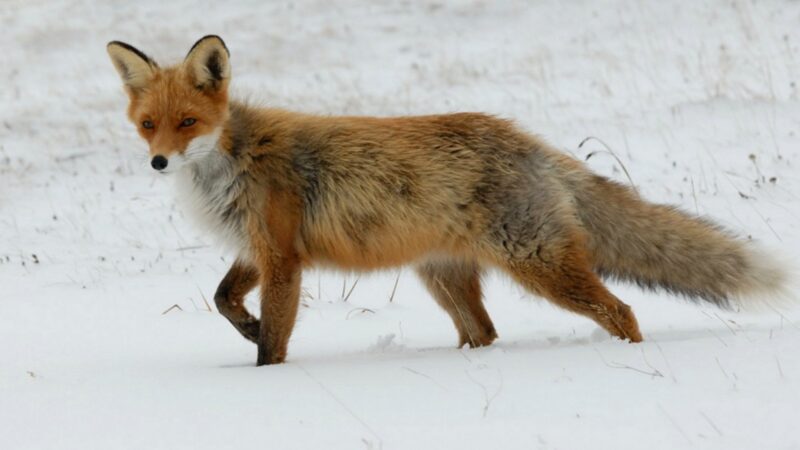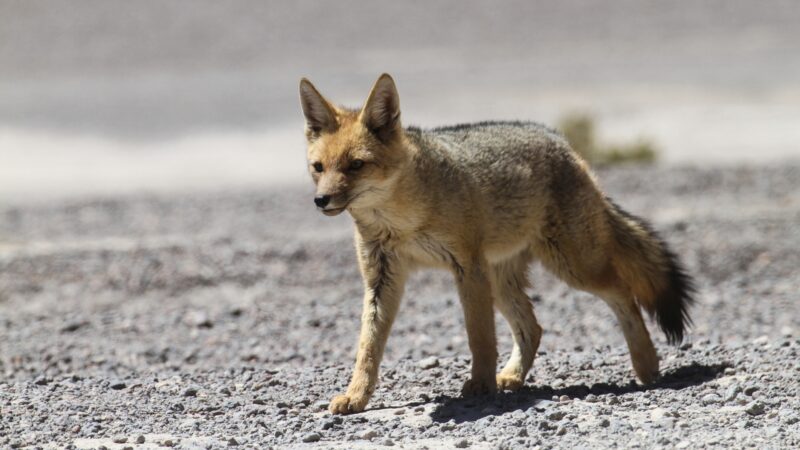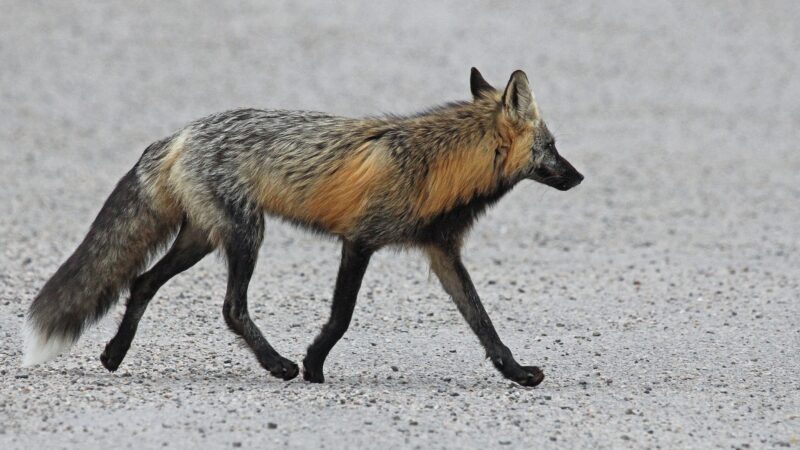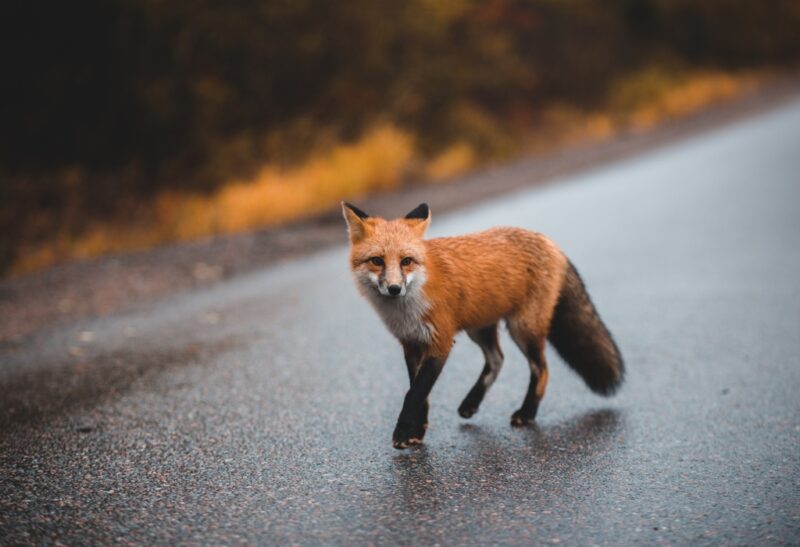Are you curious about the mysterious visitors that roam your yard or garden during the night? If you’re an animal enthusiast or just looking to learn more about the local wildlife, understanding and identifying fox footprints can be an interesting and fulfilling pastime. In this guide, we’ll explore everything you need to know about identifying fox tracks and distinguishing them from other animals.
Fox footprints are characterized by their oval shape, four toes with non-retractable claws, and a relatively small heel pad. Each toe print is distinctly separate, and the overall length typically measures between 1.5 to 3 inches.
By reading on, you’ll discover practical tips on how to recognize fox tracks in different environments and how to differentiate them from coyote, dog, or cat tracks. We’ll also delve into the unique footprints of various fox species such as gray foxes, arctic foxes, fennec foxes, and red foxes.
Table of Contents
How Do I Identify a Fox Track?

Before you can start identifying fox tracks, it’s essential to familiarize yourself with the key features of fox footprints. First, observe the shape and size of the prints. Fox tracks are usually oval and measure between 1.5 to 3 inches in length.
Next, take note of the number of toes and their placement. Foxes have four toes on each foot, and you’ll notice that each toe print is distinctly separate from the others. Foxes also have non-retractable claws, which often leave visible marks in their tracks.
Lastly, pay attention to the heel pad. Foxes have a relatively small heel pad compared to other animals like coyotes or dogs.
What Do Fox Footprints Look Like?
A fox’s footprint can be described as an oval shape with four individual toes, each bearing a non-retractable claw. The heel pad is small and triangular, and the overall size of the track ranges from 1.5 to 3 inches long. This basic pattern is consistent among different fox species, though subtle variations may exist.
What Do Fox Footprints Look Like in the Snow?

In the snow, fox footprints often appear more defined due to the medium. The four toes and small heel pad should still be visible, but the tracks may be slightly more compressed or appear larger due to the snow’s softness. The non-retractable claws might also create drag marks between steps as the fox moves through the snow.
What’s the Difference Between Fox Tracks and Coyote Tracks?
Coyote tracks are typically larger than fox tracks, measuring between 2.5 to 3.5 inches in length. The heel pad of a coyote is more prominent, and the overall shape of the track is more elongated. Fox tracks, on the other hand, are smaller and more rounded in appearance.
What’s the Difference Between Fox Tracks vs. Dog?

Dog tracks can vary significantly in size and shape, depending on the breed. However, one common difference is the overall shape of the track; dog tracks are usually rounder, with the toes appearing more splayed out. The heel pad is also often larger in dogs than in foxes.
What’s the Difference Between Fox or Cat Tracks?
Cat tracks are smaller and rounder than fox tracks, with a more circular shape. Cats have retractable claws, so they typically don’t leave claw marks in their prints. Additionally, the heel pad in a cat track is larger and has three lobes, while a fox’s heel pad is smaller and triangular.
Gray Fox Tracks

Gray fox tracks are similar to those of other fox species but may be slightly smaller, measuring between 1.25 to 2.5 inches in length. The overall shape and
pattern of the gray fox tracks are still oval, with four distinct toes and non-retractable claws. The heel pad remains small and triangular, similar to other foxes.
Arctic Fox Paw Print
Arctic fox paw prints are slightly different due to their adaptation to cold environments. Their tracks tend to be smaller, measuring between 1.5 to 2.5 inches in length. Arctic foxes have fur-covered feet, which may result in less distinct or fuzzier tracks in the snow.
Fennec Fox Footprint

Fennec fox footprints are characterized by their small size, usually measuring between 1 to 2 inches in length. Despite their petite size, fennec fox tracks still display the typical oval shape, four toes with non-retractable claws, and a small triangular heel pad.
Red Fox Tracks
Red fox tracks are the most common fox prints you’re likely to encounter. These tracks measure between 1.5 to 3 inches in length and follow the standard oval shape with four distinct toes and non-retractable claws. The small, triangular heel pad is also present in red fox tracks.
Is It Important to Know a Fox Track?
Being able to identify a fox track can offer several benefits. For wildlife enthusiasts, recognizing fox tracks can provide insight into the presence and behavior of these animals in your local environment.
For homeowners, identifying fox tracks can help determine whether a fox is visiting your property, potentially helping to address any concerns related to damage or unwanted interactions with pets. Additionally, tracking foxes can be a rewarding and educational outdoor activity for people of all ages.
List of Sources
Gray Fox. State University of New York College of Environmental Science and Forestry.
Arctic Fox (Alopex lagopus). State of Alaska · Department of Fish and Game.
Fennec fox. Smithsonian’s National Zoo & Conservation Biology Institute.
